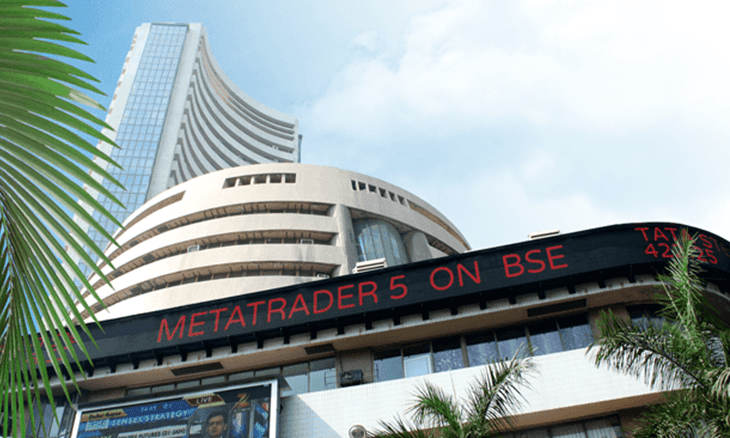Analysts suggest that macroeconomic data, auto sales figures, FII inflows, and worldwide trends will heavily influence this week’s stock markets. Investors will also closely monitor US debt ceiling negotiations and institutional flows.
Santosh Meena, Head of Research at Swastika Investmart Ltd., notes that market participants will monitor institutional flows as simultaneous net buying by both FIIs and DIIs often leads to profit-booking.
The US debt ceiling issue, along with US macroeconomic indicators, US security yields, the dollar index, and crude oil prices, holds significant importance globally.
President Joe Biden states that a resolution to the government’s debt ceiling crisis appears “very close,” though the deadline for potential default was extended to June 5.
Ajit Mishra, VP Research at Religare Broking, highlights the focus on key macroeconomic data, including GDP figures and monthly vehicle sales projections. PMI data for the manufacturing sector is scheduled for Thursday.
Furthermore, the performance of US markets during the ongoing debt ceiling talks will be closely watched.
Last week, the BSE benchmark surged 772.01 points or 1.25 percent, breaking the consolidation phase.
All sectors contributed to the rise, with metals, pharma, and IT emerging as top gainers. The Nifty is poised to set a new high after a consolidation breakout.
Companies such as Adani Ports, IRCTC, and PFC will announce their earnings this week.
Vinod Nair, Head of Research at Geojit Financial Services, attributes the local market’s performance last week to global cues, including concerns about US debt limit discussions, the German recession, and hawkish statements from US Fed officials.
Indian stocks fell to their lowest levels in two months with the Nifty 50 and BSE-Sensex falling over 1.5 percent each.
The sell-off in the domestic market precipitated after a crash in US equity market overnight with the NASDAQ index seeing its worst single-day fall in more than two years.
On May 6, the Nifty 50 index was ended lower by 271.4 points, or 1.6 percent, at 16,411.3 points while the Sensex closed at 54,835.6 points, down 1.6 percent or 866.7 points.
Here are the major factors that drove the sell-off on Dalal Street:
1 Global sell-off
The crash in US equity market on May 5 was the major driver for the battering Indian stocks are seeing. The Dow Jones Industrial Index nosedived more than 1,000 points while NASDAQ 100 sank 5 percent.
2 Inflation grips the world
The Bank of England’s sharp upgrade to its inflation forecast for 2022 became a trigger for the fear that beset global equity markets overnight as investors were concerned that other developed economies may see similar upward revision in inflation. Surging global inflation is forcing investors to relook at their assumptions of strong earnings growth given the adverse impact of persistently high prices on consumer sentiment and demand.
3 Bond yields surge
The US 10-year bond yield surged past the 3 percent mark on May 5 triggering fears of further upmove in the most tracked bond in the world. Higher bond yields are representative of market’s expectations that central banks will have to raise interest rates at a faster pace to combat inflation.
Higher bond yields also put pressure on valuations of companies especially those which are not profit making but have a long-term growth trajectory.
4 Geopolitical concerns
With the war in Ukraine showing no signs of abating and the EU announcing sanctions on Russia’s oil exports, investors are concerned that the disruptions caused to the global commodity market will not abate in the near future and keep their prices elevated for longer period. In addition to that, rising support of North Atlantic Treaty Organization is triggering concerns of more desperate actions from Russia.
5 No earnings upliftThe March quarter earnings season so far has failed to lift the mood of the market even though more companies managed to beat Street’s expectations than miss them. The commentary so far from companies on rising pressure on their margins and muted demand environment have tempered enthusiasm of investors.

